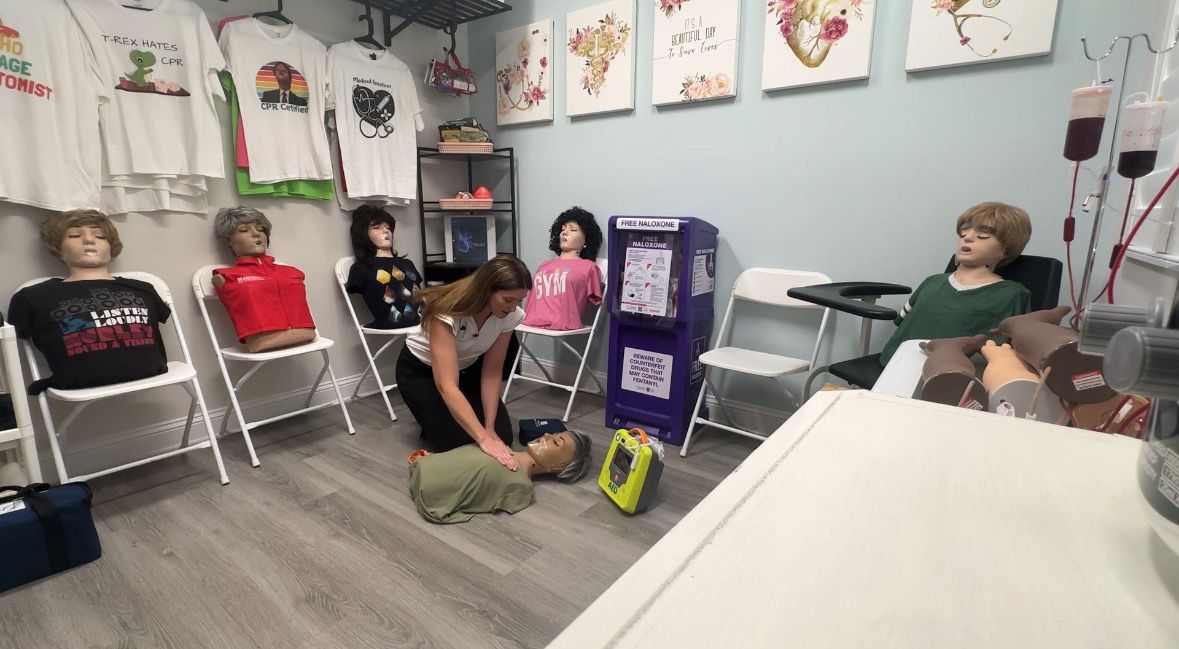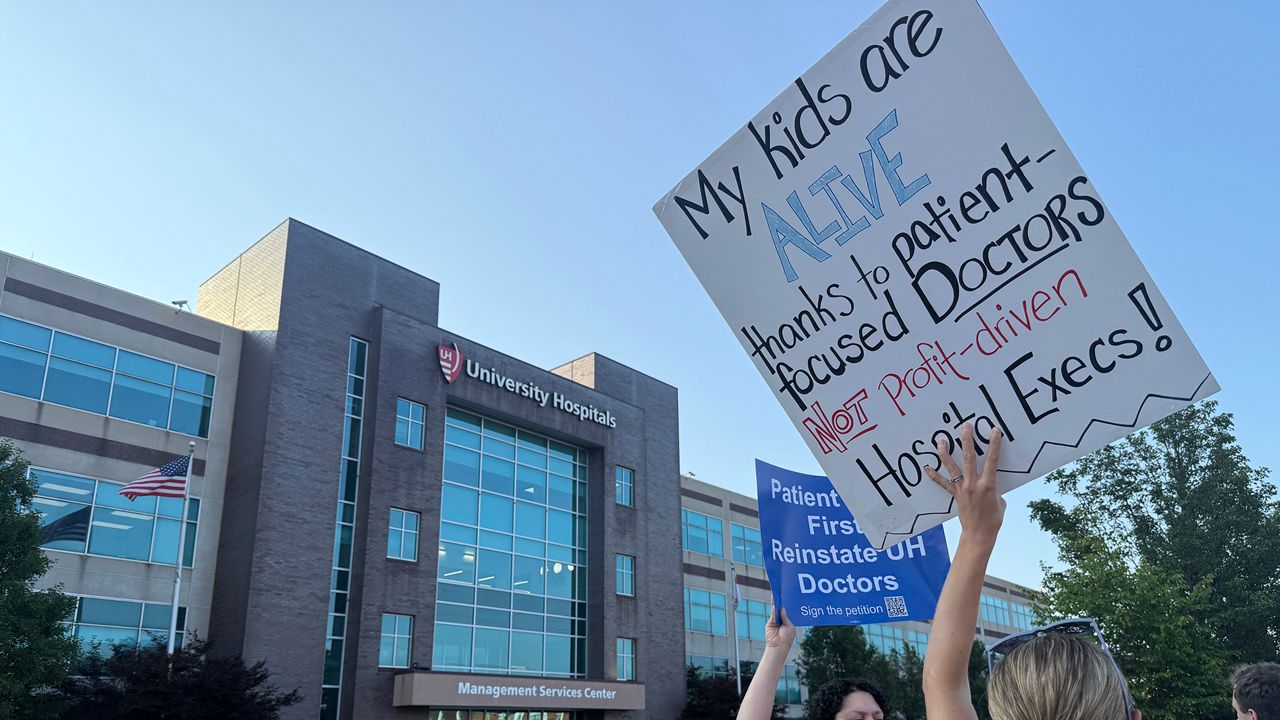WASHINGTON -- We don’t know much about how media and technology are affecting young people.
- Lawmakers introduced Children and Media Research Advancement Act
- Gives NIH $95 million to study the subject
That’s the takeaway from a letter written by the director of the National Institutes of Health (NIH) in response to a group of senators who have introduced a new bill to help fix the problem.
The Children and Media Research Advancement Act was introduced in late July by a bipartisan group of lawmakers.
It would give the NIH $95 million over five years to study how technology and media are affecting children from infancy through adolescence.
“During childhood, there’s some very critical periods of brain development,” said Dr. Danielle Dooley, a pediatrician with Children’s National Health System.
That’s why Dooley said it’s important to understand what impact all these devices, from smartphones to computers to tablets and more, are having on kids.
“Thinking about how to best use media and technology in the educational setting, where kids spend a lot of their time, I think is an area where we could learn a lot more to help benefit kids; but also to understand what might not be so good for them,” Dooley said.
This is the fifth time a version of this bill has been introduced.
The last time was in 2007, mere months before the iPhone was released.
A spokesperson for the NIH said the agency does not comment on pending legislation, but its director wrote about the need for more data in that recent letter to the senators behind this bill.
“With such high levels of exposure to technology and social networking, it is essential to understand the effects on child and youth well-being and development,” NIH Director Francis Collins wrote in June.
American University Professor Jason Mollica said more research can do wonders -- but it will come with more responsibility.
“Once the numbers come out, it’s a matter of then parents, adults understanding how they then need to educate it and drop it into the classroom, in primary schools, in high school, and even holding some sort of educational training for kids so they understand the power of what goes on digitally and socially,” Mollica said.
Collins also wrote in his letter that 92 percent of teenagers between age 13 and 17 go online daily.
But he added that, currently, the NIH is supporting the Adolescent Brain Cognitive Development (ABCD) Study to develop data on more than 10,000 kids as they grow up around technology.
A list of companies, including Facebook and the Internet Association, are supporting the Children and Media Research Advancement Act.
Dooley also recommended that families develop a media use plan, based on this template provided by the American Academy of Pediatrics.









